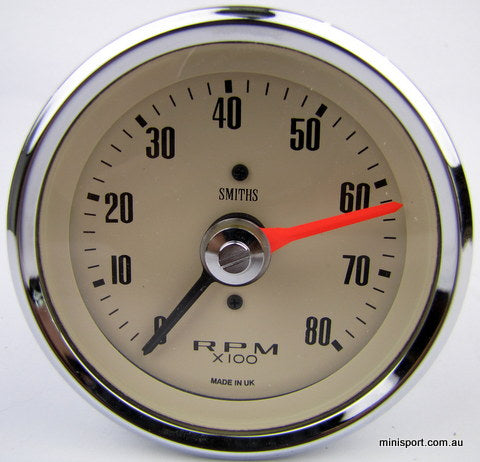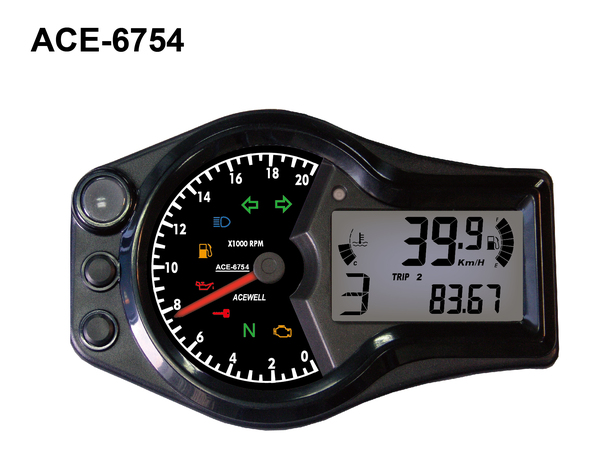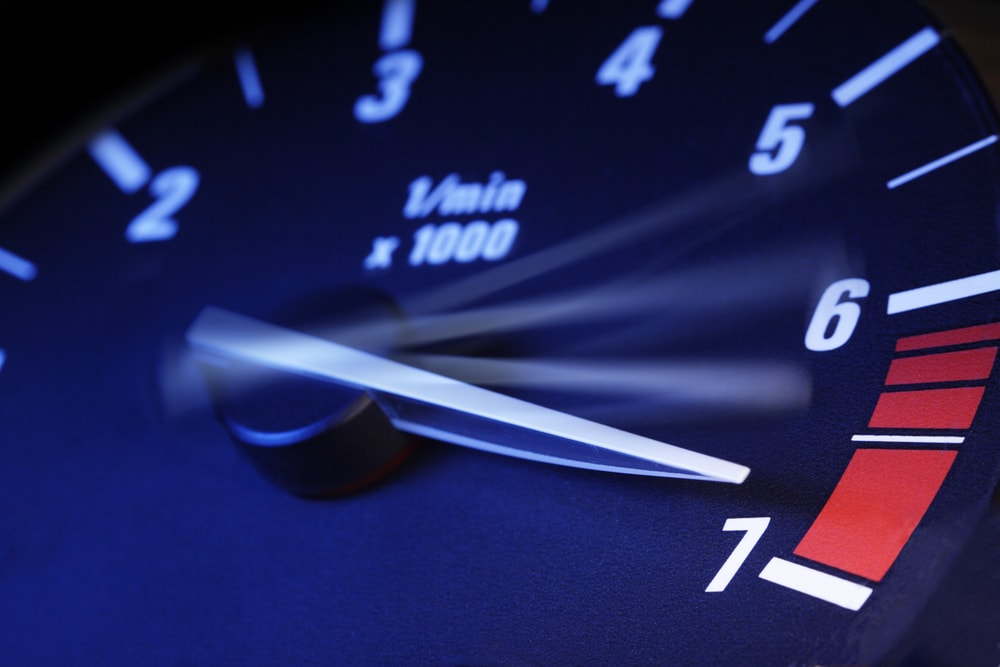The Significance of a Tachometer in Checking Engine Speed and Efficiency in Automotive Applications
In the world of vehicle engineering, the tachometer stands as a crucial instrument in the vehicle driver's toolbox, giving a direct window into the internal workings of an automobile's engine. Beyond its function as a plain gauge of transformations per min (RPM), the tachometer works as a crucial tool for fanatics and professionals alike, using real-time insights right into engine efficiency and health. Comprehending the significance of this device goes past surface-level monitorings, delving right into the detailed relationship between engine speed, power result, and total driving experience. As we explore the multifaceted function of the tachometer in vehicle applications, a much deeper admiration for its influence on vehicle dynamics and performance begins to arise.
Value of Monitoring Engine RPM
Monitoring engine RPM, or revolutions per minute, is a crucial facet of vehicle maintenance and performance analysis. Engine RPM directly associates with the speed at which the engine's crankshaft turns, showing exactly how quickly the engine is running.
Furthermore, keeping track of engine RPM is crucial for performance assessment in racing and high-performance lorries. Preserving ideal RPM degrees is crucial for attaining peak power outcome and velocity. Racers commonly use tachometers to ensure they are operating within the ideal RPM variety for optimum performance. In recap, keeping an eye on engine RPM is not only important for detecting issues but additionally for enhancing engine performance in various automobile applications.

Advantages of Real-Time Information
In automotive applications, real-time data plays a critical function in offering immediate insights into the performance and problem of the vehicle. By continuously keeping an eye on numerous criteria such as engine rate, temperature level, gas consumption, and more, real-time data provides numerous benefits that add to boosted effectiveness and safety on the road.
Additionally, real-time information helps with efficiency optimization by giving instant feedback on driving habits and engine effectiveness. Chauffeurs can readjust their habits in real-time based on this info to achieve better fuel economic climate and extend the lifespan of their vehicle.

Moreover, real-time data plays a crucial function in modern automobile diagnostics, allowing professionals to promptly detect and address malfunctions. This results in reduced downtime, reduced upkeep prices, and eventually, boosted overall vehicle reliability and long life (tachometer). By using the power of real-time information, vehicle stakeholders can make enlightened choices that positively affect both the performance and long life of the lorry
Effect on Gear Shifts
The tachometer plays a vital duty in maximizing equipment shifts by supplying real-time engine speed data to the driver. When approaching the redline on the tachometer, it signifies the driver to upshift to prevent over-revving the engine and triggering potential damages.
In addition, the tachometer help in accomplishing smoother gear changes, particularly in manual transmissions. By checking engine rate, motorists can perform equipment shifts at the optimum RPM range, lowering jerking movements and decreasing endure the transmission parts. This accuracy on duty modifications not only boosts driving convenience yet additionally adds to fuel effectiveness.
Enhancing Fuel Effectiveness
Provided the vital role the tachometer plays in optimizing equipment changes for efficiency and engine health and wellness, it straight contributes to maximizing fuel efficiency in auto applications. By supplying real-time comments on engine speed, the tachometer helps vehicle drivers in keeping the most efficient RPM range for gas economic situation. When motorists continually monitor the tachometer and change their motoring habits as necessary, they can stay clear of unneeded gas consumption created by over-revving or carrying the engine.
Additionally, the tachometer aids chauffeurs recognize one of the most fuel-efficient equipment to be in at any given minute, protecting against the engine from functioning harder than required. This is particularly crucial throughout acceleration and travelling, where remaining in the best equipment can substantially influence gas performance. Furthermore, the tachometer can alert drivers to potential mechanical concerns that might be negatively affecting fuel economic climate, such as a sliding clutch or a clogged air filter. To conclude, the tachometer functions as an important device read the article in boosting fuel performance by advertising optimal driving behaviors and determining locations for enhancement in the lorry's performance.

Taking Full Advantage Of Engine Durability
The tachometer's duty in keeping track of engine rate and performance is important in making sure the longevity of automotive engines. Monitoring the tachometer enables drivers to stay within the recommended RPM variety for their automobile, avoiding unneeded pressure on the engine and extending its lifespan.

Final Thought
Finally, the tachometer plays an essential function in click now monitoring engine speed and efficiency in auto applications. By supplying real-time data on RPM, it enables effective equipment shifts, enhanced fuel effectiveness, and made the most of engine durability. This device is crucial for keeping optimal engine performance and ensuring the total functionality of a vehicle.